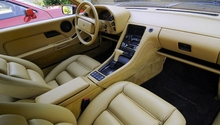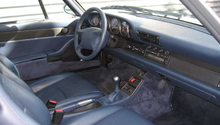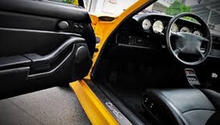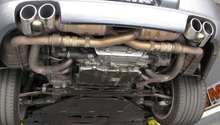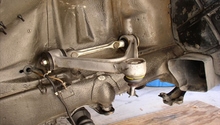Porsche 997: Why is My Interior Rattling?
Interior rattles can ruin an otherwise perfect driving experience. Instead of continuing to wonder how much more you can take before you park the car for good, find out how to fix the problem.
This article applies to the Porsche 997 (2005-2012).
Pretty much every car ever made is going to develop a rattling noise at some point. Vibrations that come from normal driving are enough to loosen up parts over time, and driving on rough roads only expedites the problem. Rattling noises can come from your center console, interior trim panels, the dash, or any number of places. Below are a few possible causes of these annoyances, and some tips on how to fix them.
Step 1 – Locate the source of the rattle
Typically, it's pretty obvious where the sound is coming from. Many 997 owners report rattling issues from the gauge cluster, dash, center console, or door panel areas. The instrument panel issue was common enough that Porsche issued a Technical Service Bulletin for it. If you have a car that is affected, the dealership might fix it for you for free, so it's worth checking it out first. To determine if you have a rattle in a particular area, try pushing it or holding the affected panel while the car is moving to see if the sound goes away. If it does, you've found the culprit.
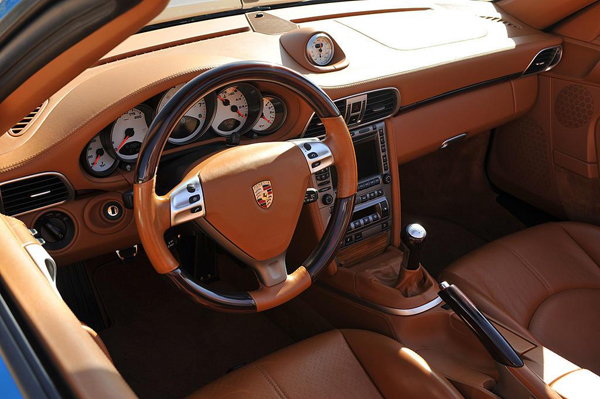
Step 2 – The felt tape method
Porsche recommends using felt tape to eliminate rattling noises from interior components. Adding felt tape in different areas will indeed stop components from rattling, particularly the gauge cluster. This method requires a bit of trial and error. So you may need to add tape, test drive, and then move the tape or add more. Not only does the tape soften the noise, it also helps to close any gaps that might be present.

Step 3 – Check for loose components
Rattles can also come from components that have loosened over time, so checking for anything that needs re-tightening can solve the problem. Look for loose screws, washers, and trim pieces. Then, tighten anything that is loose.
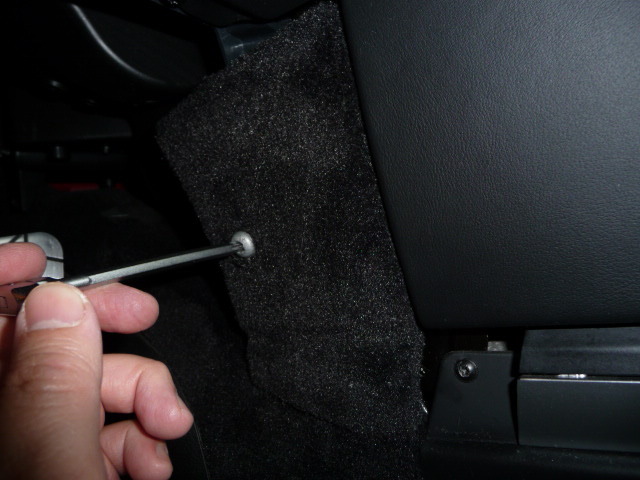
Step 4 – Check your tires
Tires that are worn or have uneven wear can cause a car to vibrate excessively, which in turn can cause all sorts of other components to make annoying noises. Inspect your tires, and make sure they are not worn or worn unevenly. If you find excessive or uneven wear, it might be time to invest in a new set of rubber. You might also need a wheel alignment to ensure that all suspension components are functioning as intended.

(Related Article: How to Align Your Tires - Rennlist.com)
Related Discussions
- Fixing Some Interior Rattles - Rennlist.com
- Passenger Side Dash Rattle Possible Fix - Rennlist.com
- Polling 997 Rattles - Rennlist.com

